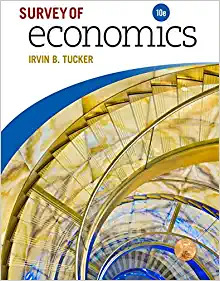Answered step by step
Verified Expert Solution
Question
1 Approved Answer
Is this correct ? CHAPTER 10 4. Use the following normal-form game to answer the questions below. a. Identify the one-shot Nash equilibrium. The one-shot
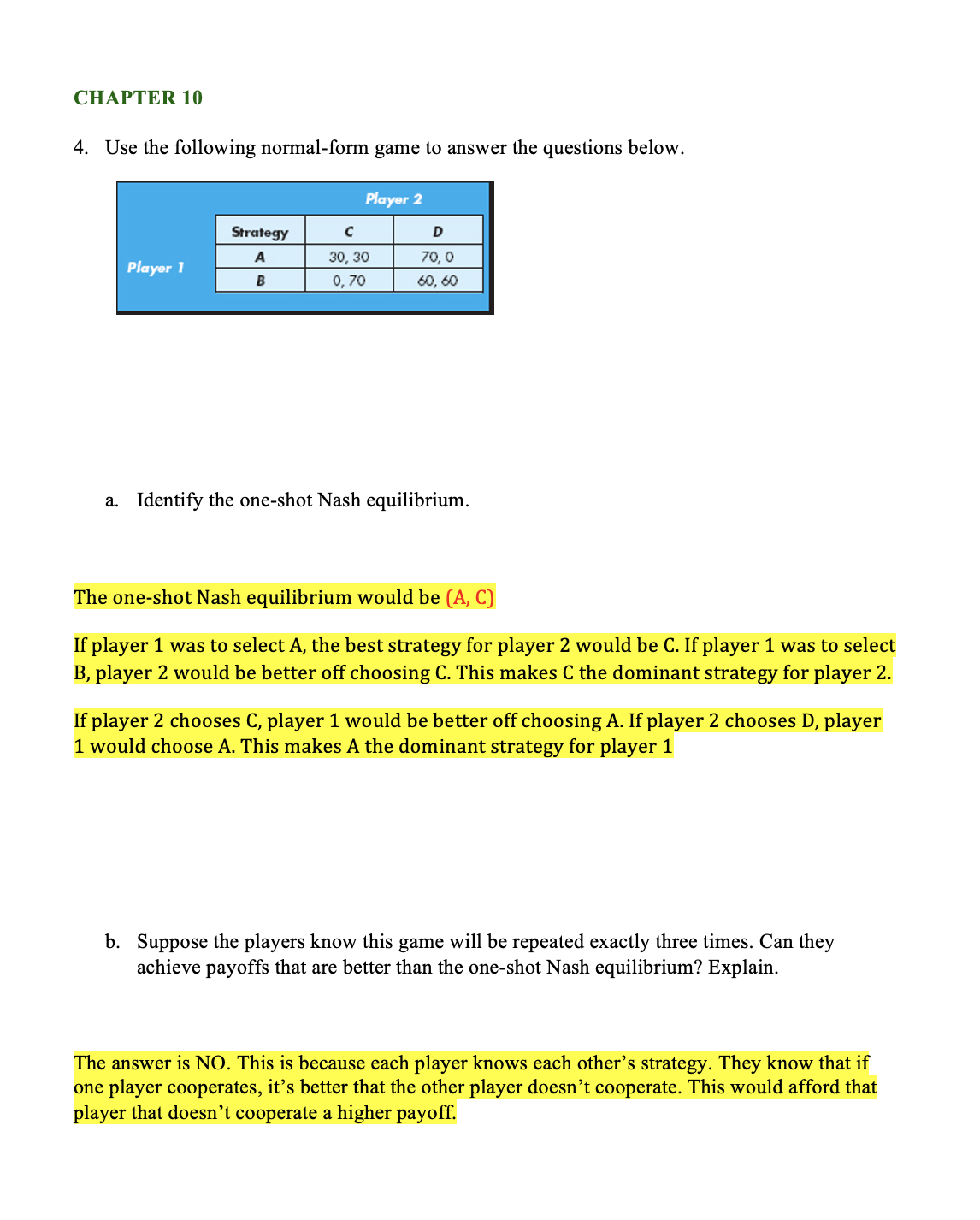
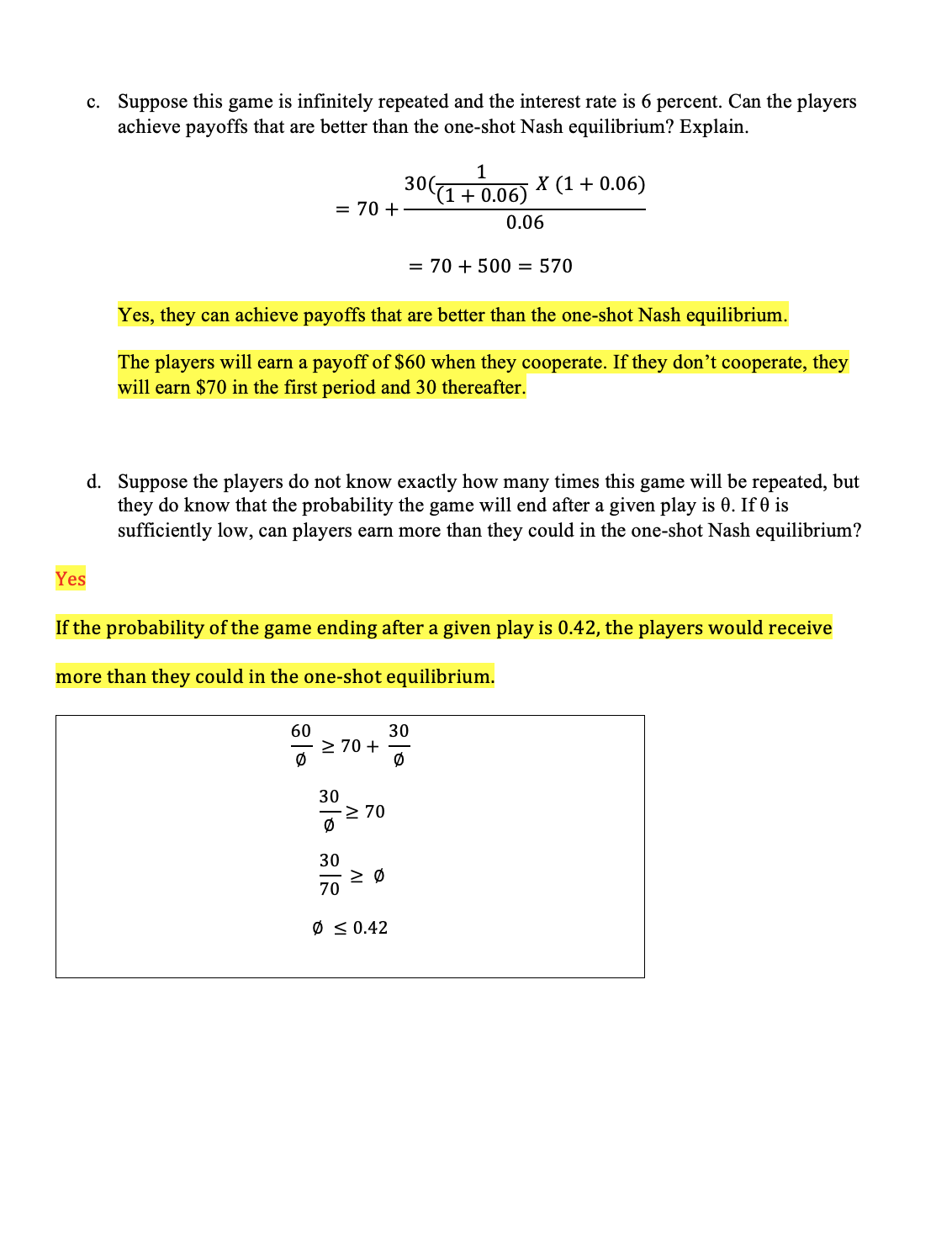
Is this correct ?
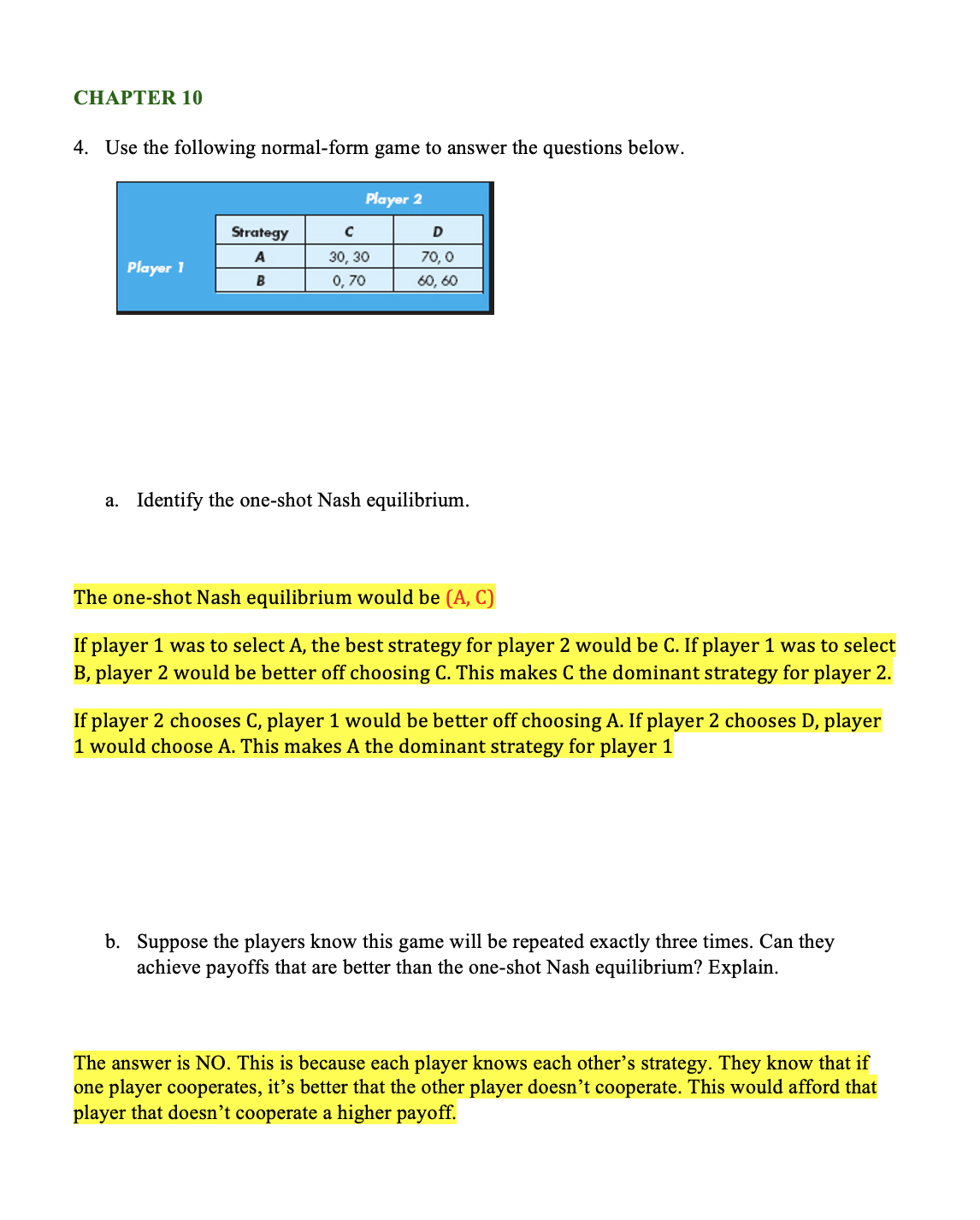
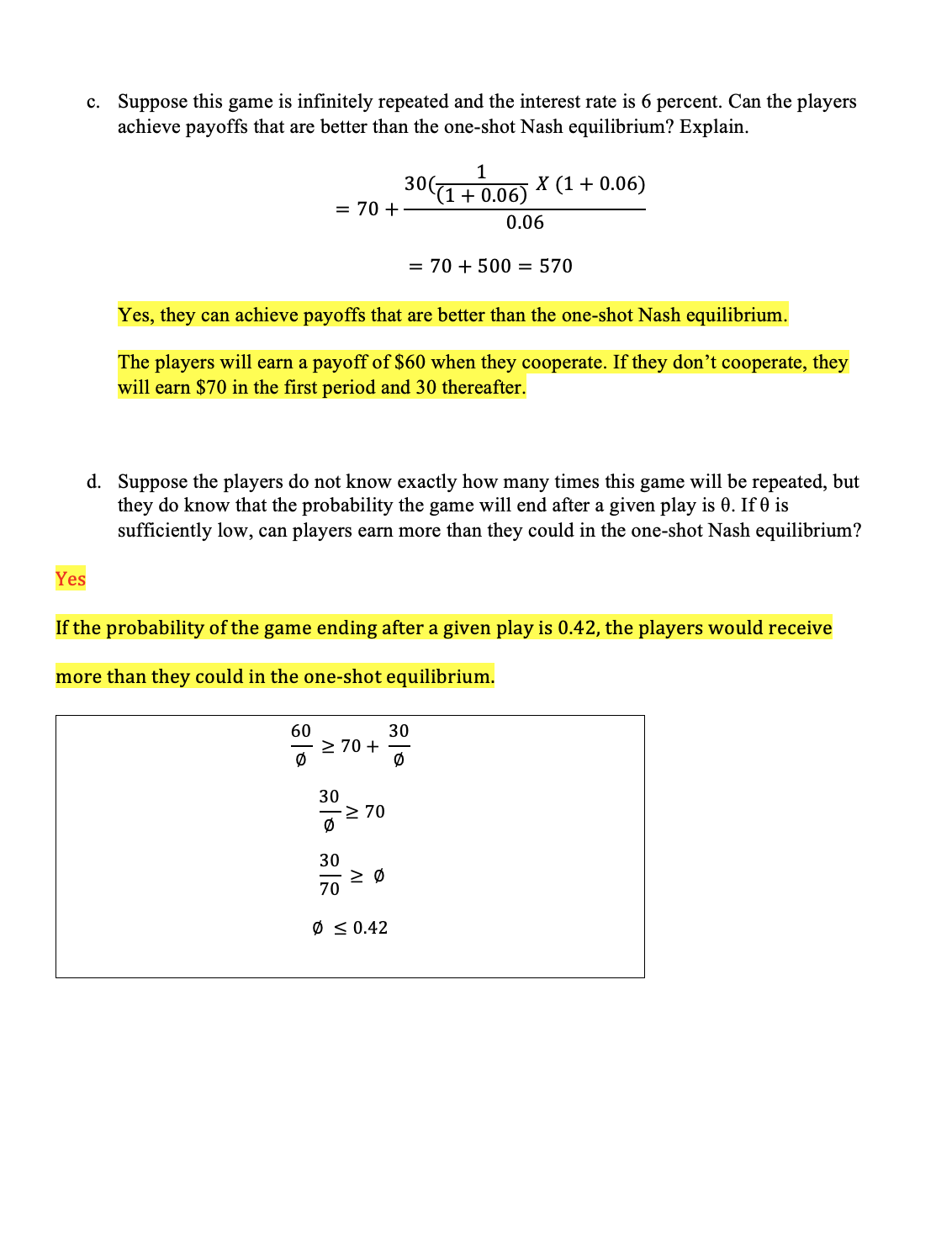
Step by Step Solution
There are 3 Steps involved in it
Step: 1

Get Instant Access to Expert-Tailored Solutions
See step-by-step solutions with expert insights and AI powered tools for academic success
Step: 2

Step: 3

Ace Your Homework with AI
Get the answers you need in no time with our AI-driven, step-by-step assistance
Get Started


